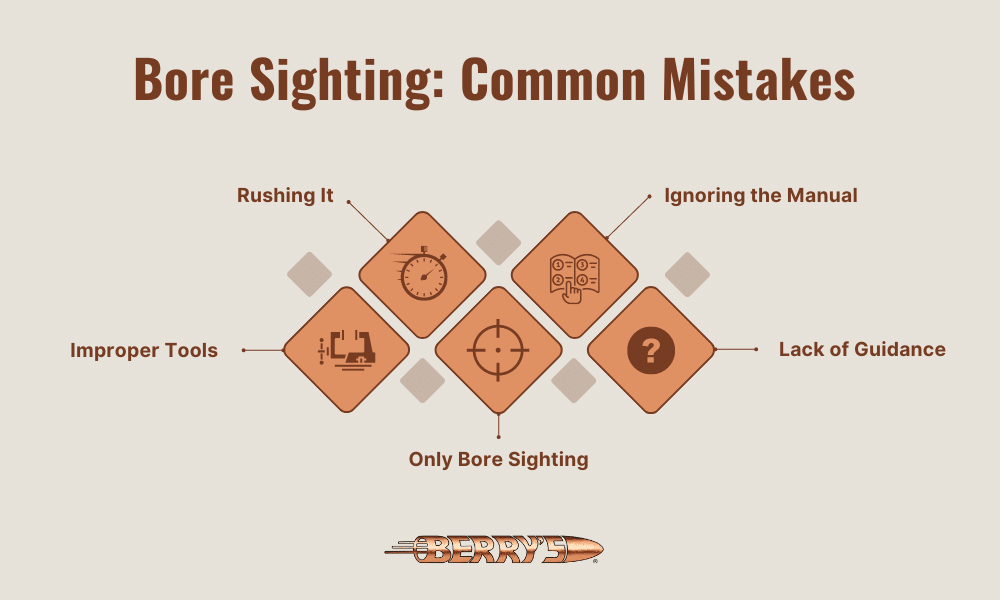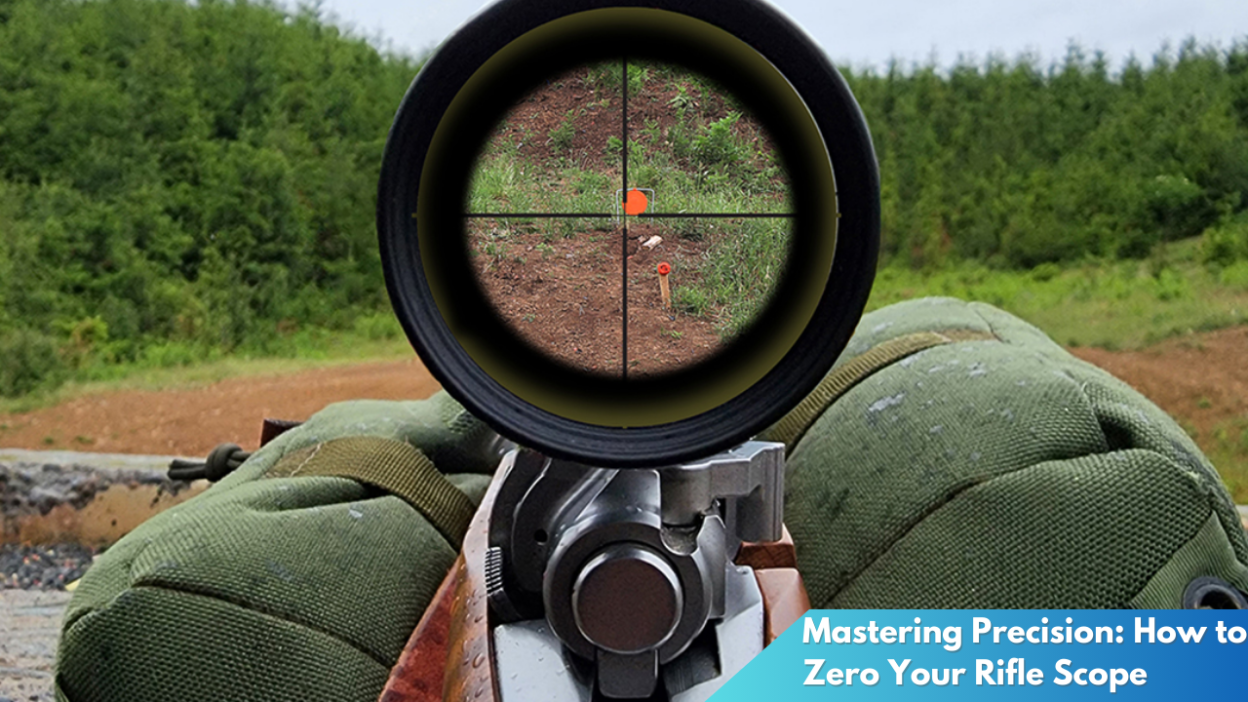Mastering the art of rifle shooting is more than just pulling the trigger; it requires precision, attention to detail, and meticulous preparation. One of the most critical aspects of shooting accuracy is ensuring that your rifle scope is zeroed correctly. Zeroing your scope means aligning it so that your point of aim is the same as your point of impact. This process is fundamental for achieving accurate shots in any shooting scenario. In this article, we will explore the essential steps for achieving optimal scope alignment, delve into the tools and techniques for fine-tuning accuracy, and highlight common mistakes to avoid while zeroing your scope.
Essential Steps for Achieving Optimal Scope Alignment
Zeroing a rifle scope begins with mounting the scope correctly. Ensure that the scope mounts and rings are tightly secured to avoid any movement during shooting. The rifle should be placed on a stable platform, such as a shooting bench or a bipod, for maximum stability and consistency. With everything securely in place, the shooter should start at a known distance, commonly 25 yards, to ensure that the initial adjustments are easily visible and manageable. This position allows for a clear view and straightforward correction of elevation and windage.
Once the rifle is securely mounted and the initial range is set, proceed with bore sighting. Bore sighting involves aligning the rifle barrel with the target while also aligning the scope’s reticle with the same target. This can be done manually by removing the bolt and sighting down the barrel or through a bore sighting tool. This initial alignment ensures that the first shots land close to the target, reducing the time and ammunition needed for further adjustments.
After bore sighting, it’s time to fire a group of shots to see where the bullets are hitting in relation to the target. Typically, a three-shot group is recommended to identify the average point of impact. Adjust the scope’s elevation and windage turrets to move the reticle towards the center of the group. Repeat the process until the point of aim and the point of impact converge, first at 25 yards and then at greater distances, such as 100 yards, for enhanced precision.
Tools and Techniques for Fine-Tuning Accuracy
A variety of tools can enhance the scope zeroing process, with laser bore sighters being among the most popular. These devices project a laser beam from the bore, providing a precise aiming point on the target. Laser bore sighters are especially useful for preliminary adjustments, allowing shooters to get on paper quickly without using excessive ammunition. Additionally, a good quality spotting scope can be invaluable for observing shot placement from a distance, minimizing the need to walk back and forth to check targets.
Another critical technique is the use of shooting rests or sandbags to stabilize the rifle during the zeroing process. A stable shooting position reduces human error and helps achieve more consistent shot groups. By supporting both the front and the rear of the rifle, shooters can maintain a steady aim, making precise adjustments to the scope with confidence.
Once basic zeroing is achieved, shooters can fine-tune their accuracy by adjusting for environmental factors, such as wind, temperature, and elevation. Ballistic calculators or phone apps can provide important data for making these adjustments. Understanding and incorporating these elements into the zeroing process can help shooters achieve the highest level of precision, ensuring that their rifle is accurate under various conditions.
Common Mistakes to Avoid While Zeroing Your Scope

One of the most prevalent mistakes made during scope zeroing is failing to properly secure the scope mounts and rings. A loose scope can move under recoil, causing erratic shot placement and frustrating the shooter. Always double-check that all components are tightly secured before beginning the zeroing process to maintain consistency and accuracy.
Another common pitfall is neglecting to consider parallax adjustments. Parallax occurs when the reticle appears to move in relation to the target when the shooter’s head position shifts. Many scopes come with a parallax adjustment feature, and setting this correctly for the distance being shot is crucial for maintaining precision. Ignoring parallax can lead to inaccurate shots and could be mistaken for other alignment issues.
Finally, rushing the zeroing process can lead to inaccuracies and wasted ammunition. Take the time to fire consistent groups and make small, incremental adjustments to the scope turrets. Patience and precision are your best allies in the zeroing process. Ensuring that each shot is carefully aimed and measured will save time and resources in the long run and result in a reliably zeroed scope.
Mastering precision in rifle shooting begins with a well-zeroed scope. By following a systematic approach to scope alignment, utilizing the right tools and techniques, and avoiding common pitfalls, shooters can significantly enhance their accuracy. A properly zeroed scope is the foundation for consistent, precise shooting, whether on the range or in the field. As you become more proficient in zeroing your scope, your confidence and performance will undoubtedly improve, allowing you to focus on refining other aspects of your shooting skills.



